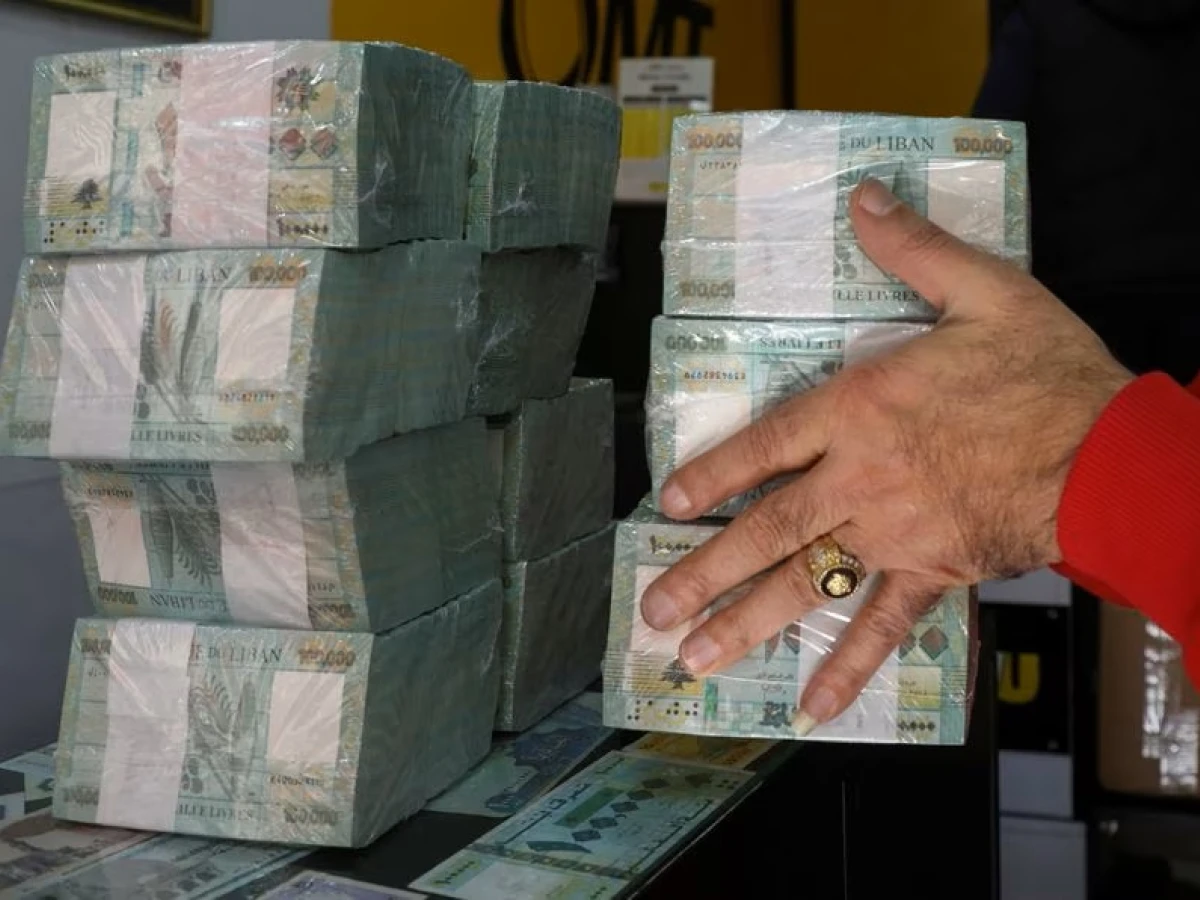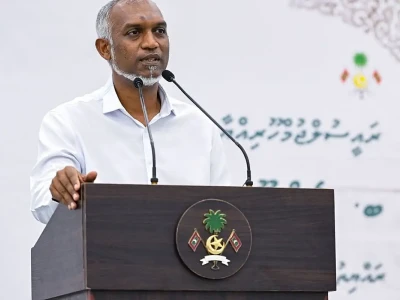
Lebanon to devalue currency by 90% on Feb. 1, central bank chief says
Several rates remain, including the official rate, the central bank's Sayrafa exchange platform rate which currently stands at 38,000 pounds per U.S. dollar.
BEIRUT, Jan 31 (Reuters) - Lebanon will adopt a new official exchange rate of 15,000 pounds per U.S. dollar on Feb. 1, central bank governor Riad Salameh said, marking a 90% devaluation from its current official rate that has remained unchanged for 25 years.
The shift from the old rate of 1,507 to 15,000 is still far off the parallel market, where the pound was changing hands at around 57,000 per dollar on Tuesday.
The change will apply to banks, Salameh said, leading to a decrease in the equity of the institutions at the centre of the country's 2019 financial implosion.
Analysts expect the shift to have less impact on the wider economy, which is increasingly dollarized and where most trades take place according to the parallel market rate.
The pound has lost some 97% of its value since it began to split from the 1,507 rate in 2019.
Salameh told Reuters that commercial banks in the country "will see the part of their equity that is in pound decrease once translated into dollars at 15,000 instead of 1,500."
In order to ease the impact of this shift, banks would be given five years "to reconstitute the losses due to the devaluation," he said.
Salameh said the change to 15,000 was a step towards unifying multiple exchange rates, in line with a draft agreement Lebanon reached with the International Monetary Fund last year that set out conditions to unlock a $3 billion bailout.
Several rates remain, including the official rate, the central bank's Sayrafa exchange platform rate which currently stands at 38,000 pounds per U.S. dollar, and the parallel market rate.
Advertisement · Scroll to continue
'FIVE-YEAR RUNWAY'
The IMF has favored an immediate unification of rates and has said Lebanese authorities should deal upfront with an estimated $70 billion in financial sector losses - widely viewed as the result of decades of profligate spending, corruption and mismanagement.
But draft government plans have proposed a more long-term approach. One analyst, Mike Azar, said the five-year period to reconstitute losses was inconsistent with the IMF's view that the losses must be dealt with quickly.
Without a comprehensive bank restructuring framework, banks would have to raise capital from shareholders to cover their losses or pass losses on to depositors by allowing them to withdraw from dollar accounts in local currency, he said.
"They can't do that immediately, so the central bank is giving them a five-year runway to do it," said Azar, a former economics professor at Johns Hopkins University.
The IMF deal is widely seen as the only way for Lebanon to begin restoring confidence in its financial system and recover from the collapse.
The change in the exchange rate is not expected to ease one of the most debilitating aspects of the crisis for ordinary Lebanese - the inability to freely access their dollar savings.




